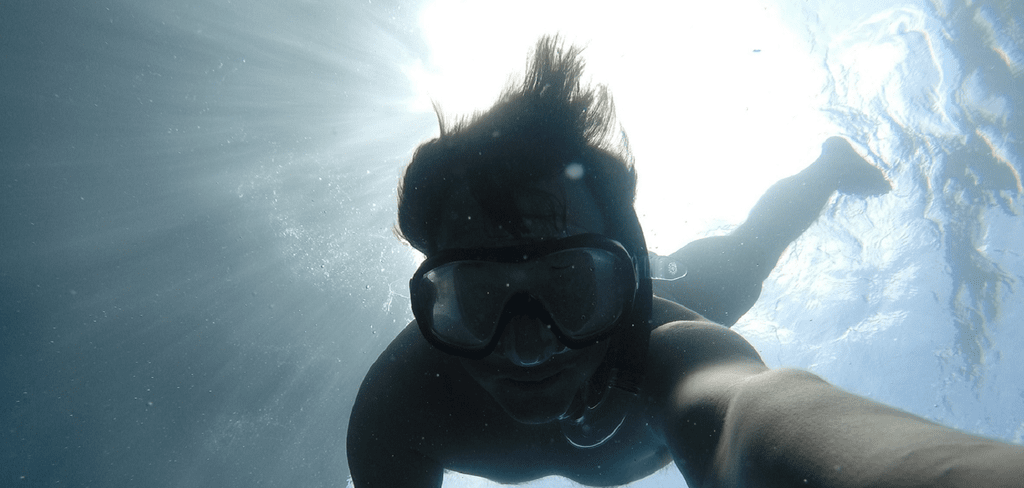
As with most household projects, there is usually a difficult and an easy way. The simpler path does not always yield great results. This principle also applies to house painting. If you choose to paint your own home instead of hiring a professional painter, time-saving suggestions and proper use of equipment and products will be of great assistance. Here are a few tips for a high-quality result:
The Tools and Materials Necessary

Painting takes more than just grabbing a roller. You need really good prep work before going the DIY way while painting. You need buckets, drop cloths, a flexible putty knife, a stepladder, a long-handled roller, a paintbrush, a paint tray, a roller frame, and a sponge. When it comes to materials, you need trim paint, ceiling paint, masking paper, color samples, stir sticks, stain-blocking primer, painter’s tape, TSP or another heavy-duty wall cleaner, two 6-in.-nap roller sleeves, and a wall spackling compound.
Choosing the Right Paint Color

You should ask yourself this question: How do I choose a paint color? You can try heading down to a paint store or home center and have them mix three or four color samples for you. Then, you should test your color samples on different parts of the room. This way, you get a feel for the paint colors. Keep in mind that different lighting in your room will change the color dramatically.
Choosing the Correct Paint Finish

There are a few types of paint color finishes. Gloss finish is the most light-reflective of any paint alternatives. It’s easily washable, and it’s perfect for painting doors, cabinets, or wood trim. Semi-gloss finish is somewhat durable, and reflective, and it can help in areas that require regular cleaning. It’s perfect for closet doors, utility areas, bathrooms, and kitchens. Satin finish, on the other hand, has just a little shine so it’s easily cleaned. It’s perfect for high-traffic areas like living rooms, kids’ bedrooms, entryways, and hallways. Choose matte and flat finishes if you want to apply paint that easily absorbs the light instead of reflecting it. They work great on walls with imperfections and bumps.
Adequate Prep Work

Preparation work is key when it comes to painting. Tape down the masking paper to the floor and carpet along the baseboards. This way, you protect them from spills and splatters. You need to prep the walls and trim too, and remember to always apply a coat of primer over the patched areas before painting. Removing switch plates and outlets will also make painting easy.
Taping and painting along the edges of your walls is one of the most difficult parts. Taping the perimeter of the ceiling will avoid roller and brush marks, resulting in a nice clean line between the ceiling and the walls. After painting, you should score along the edge of the tape where it meets the wall. Use your putty knife to do this, and then peel the tape from the trim and baseboards. Always clean your rollers and brushes with hot soapy water. Good luck!
Man Lives Underwater for a Hundred Days in a One-of-a-Kind Study
Science takes all shapes and forms, right? That’s what Joe Dituri strongly believes. The researcher has decided to take up one unconventional experiment to find out what happens to the human body after spending three full months underwater. If he succeeds, he’ll claim a world record. Check out the whole story about Dituri, the University of South Florida professor, and his scientific experiment below.

The Aims of the Underwater Living Experiment
The experiment, which is already more than 27 days in, aims to solve crucial problems for marine life. Namely, the project hopes to find the key to reviving many marine species and habitats. But that’s not everything the unconventional experiment is set to find out.
The so-called ‘Neptune 100’ experiment also aims to test all sorts of cutting-edge medical technologies. Hopefully, many of the technologies being tested will be turned into remedies for various diseases. If successful, the underwater experiment can help people learn more about life beneath the surface, which is still all too little known.
Neptune 100 – The University of South Florida’s Project

An official statement from the University of South Florida signaled the beginning of the unconventional underwater experiment called Neptune 100. Joe Dituri, a biomechanical engineer with a Ph.D., will conduct the research.
The catch is that the professor has to spend one hundred days, or more than three months, beneath the water’s surface. More specifically, he’ll remain 30 feet below the surface. The experiment began on March 1st, 2023, when the professor swam in his home for the next three months–a 100-square-foot Undersea Lodge in Key Largo.
As one might expect, the whole thing will be monitored closely by a psychologist and a psychiatrist, both of whom will track down any changes in the professor’s psyche. Some have compared the experiment to what astronauts go through.
Underwater Experiments – Key to Expanding the Planet?

Many researchers believe these kinds of experiments hold much greater potential for humanity than initially expected. What begins as a study of ways to improve marine environments can become the key to expanding our home–the Earth. Researchers believe that testing the limits of the human body–and psyche–is crucial if we seek to reach and inhabit other planets.
While such observations might be somewhat far-fetched, the underwater experiment will definitely throw some light on how much time the human body can withstand ambient pressure that’s more than 1.5 times stronger than pressure felt on land.
In addition, that’s not the only experiment of its kind, far from it. The current world record for underwater living is held by two Tennessee professors, who remained beneath the surface for 73 days back in 2014.